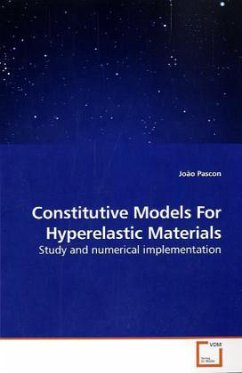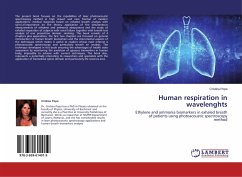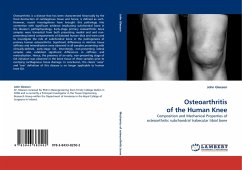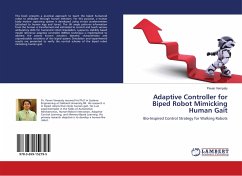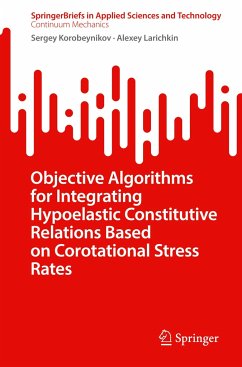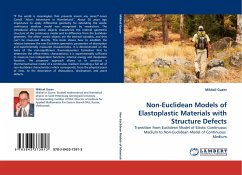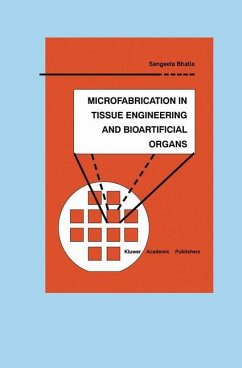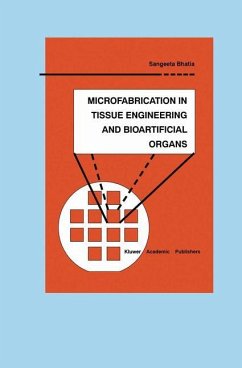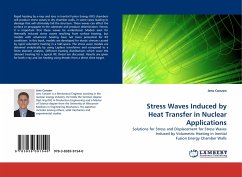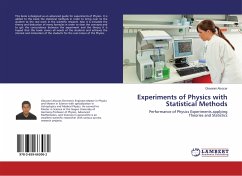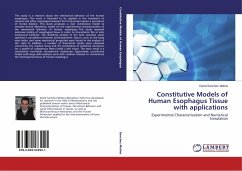
Constitutive Models of Human Esophagus Tissue with applications
Experimental Characterization and Numerical Simulation
Versandkostenfrei!
Versandfertig in 6-10 Tagen
51,99 €
inkl. MwSt.

PAYBACK Punkte
26 °P sammeln!
This study is a research about the mechanical behavior of the human esophagus. This work is intended to be applied in the treatment of stenosis and other esophageal diseases that frequently require a procedure of forced dilation. This study proposes a new constitutive model to simulate forced dilatations, based on the experimental characterization of the mechanical behavior of human esophagus. This study required extensive testing of esophageal tissue in order to characterize the in vitro mechanical behavior. The statistical analysis of the data revealed, some significant correlations between ...
This study is a research about the mechanical behavior of the human esophagus. This work is intended to be applied in the treatment of stenosis and other esophageal diseases that frequently require a procedure of forced dilation. This study proposes a new constitutive model to simulate forced dilatations, based on the experimental characterization of the mechanical behavior of human esophagus. This study required extensive testing of esophageal tissue in order to characterize the in vitro mechanical behavior. The statistical analysis of the data revealed, some significant correlations between anthropometric factors, such as the body mass index, and some mechanical properties were found in the analysis of the data. In addition, a number of theoretical results were obtained concerning the residual stress and the predictions of statistical mechanics for a system of collagenous fibers inside a soft tissue. The main result is a constitutive non-linear microstretch anisotropic hyperelastic constitutive model with large deformations (and with residual stresses) to characterize the multi-layered tissue of human esophagus.



